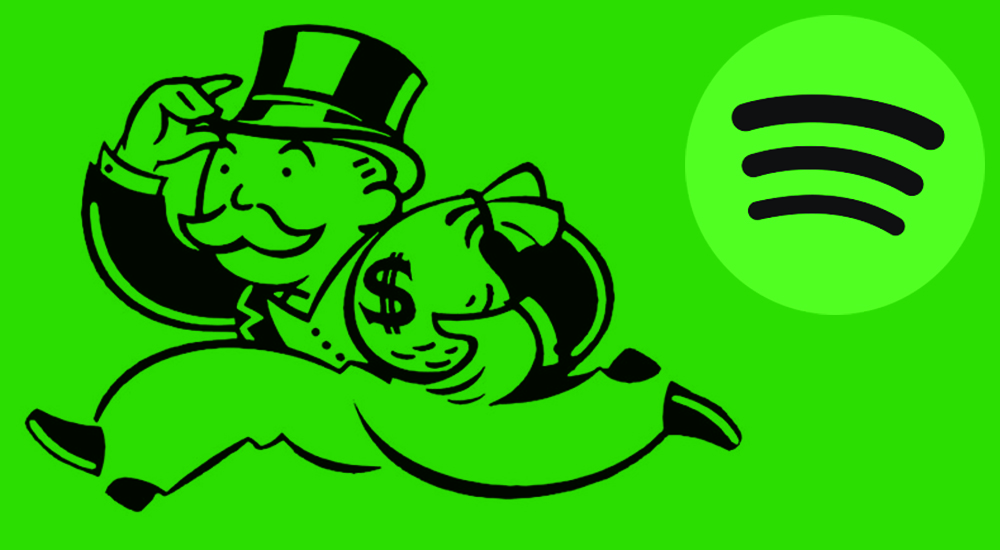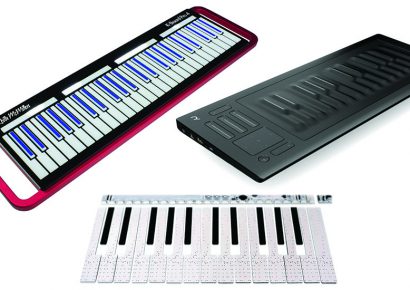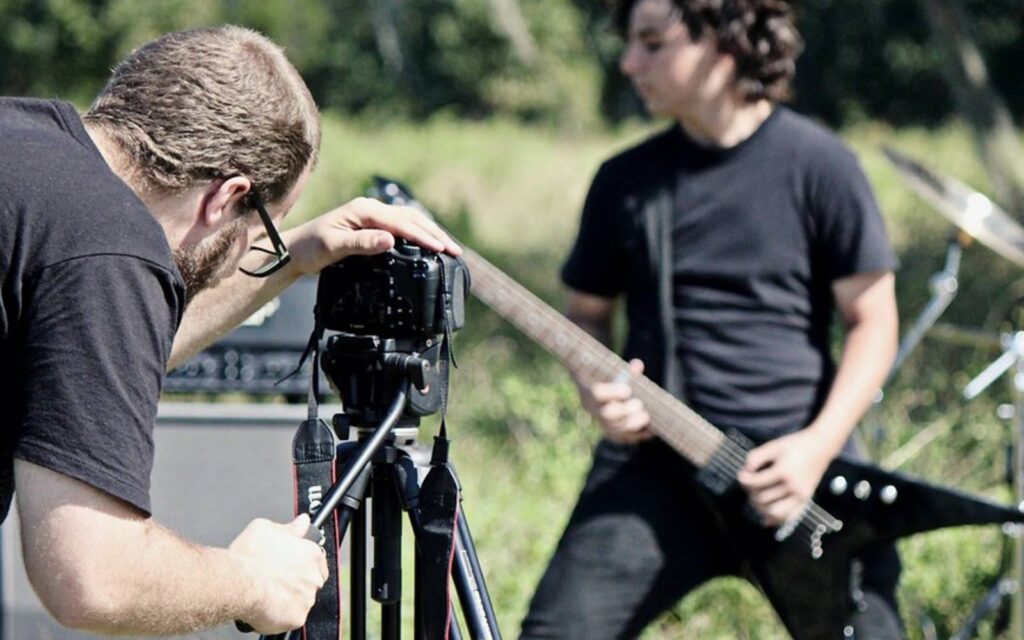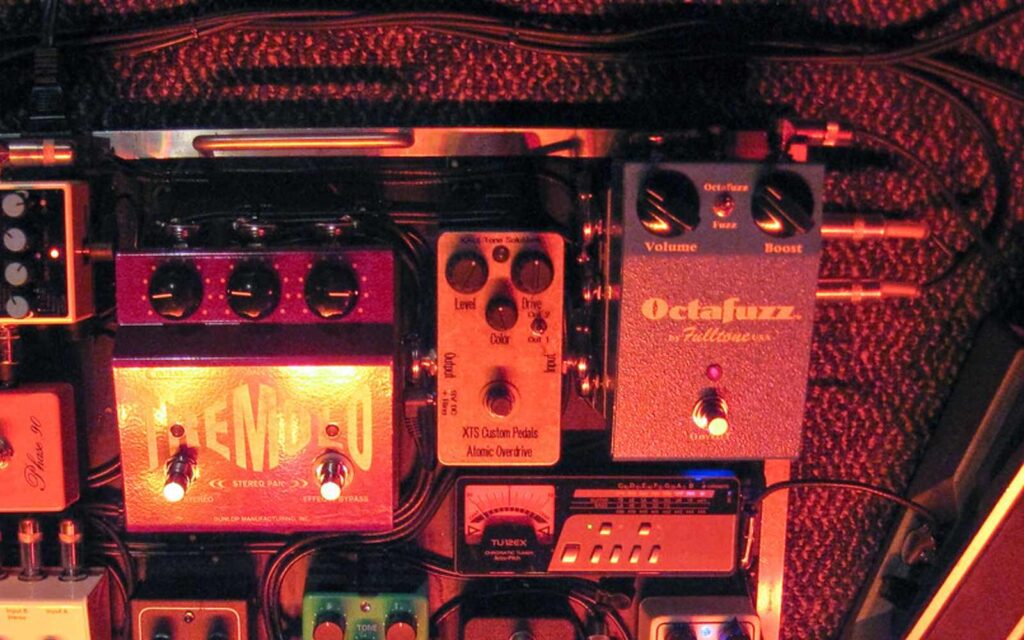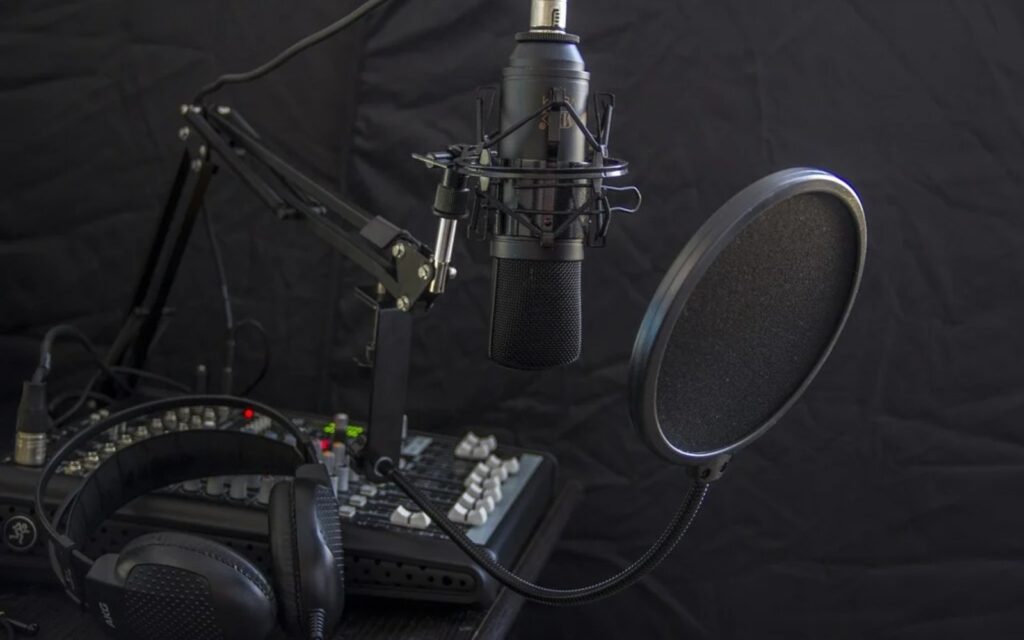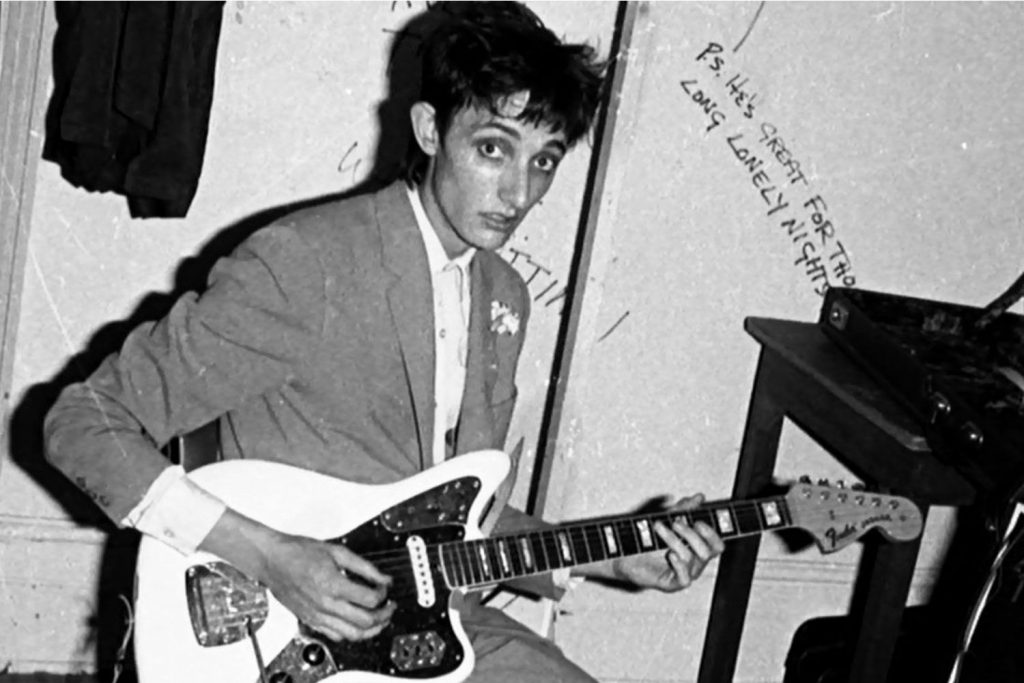Though several established artists like Prince or Taylor Swift have publicly decried the platform and refused to have their music available on it, the potential for independent musicians provided by the company is quite large. As with most technological tools, it’s all about making the product work for you.
GET SPOTTY
For independent artists there are a few ways that you can get your music onto Spotify, but the easiest is to use a digital aggregator. There are several of these available, the most widely known being Soundcore and CD Baby, though several smaller agencies have appeared in recent years, such as the Melbourne based Ditto Music, who are able to offer a more tailored and hands-on approach than the larger companies.
Once you have submitted all of your artwork, information and audio files to your chosen aggregator you will be able to select which companies you would like your music to be distributed to, including iTunes, TIDAL, Spotify and many others. It is important to get all of the information right, as it would be extremely difficult to change song titles or sound files once they have been submitted to all of these companies.
MAKE IT WORK FOR YOU
Now that your music is on Spotify, it’s time to take control of your artist page so that you can get the most amount of use from it as possible. When set up correctly, a Spotify artist page can be just as useful as a website, with links to sell music, merchandise and tickets, as well as automatically updated listings of upcoming shows.

MAKE IT PRETTY
It is therefore important to present your artist page as you would present your website or Facebook band page; you want it to look good and represent the image of your act correctly.

Though the cover artwork for the releases is supplied by your digital aggregator or record label, Spotify sources the artist images it uses at the top of the page, in other words the banner, from Allmusic. Anyone can submit their information, including images, to allmusic.com, which is also a useful database to be listed on for when people are searching for information on your act or releases in general.
MAKE MONEY
So now you have supplied Allmusic with the correct images and your Spotify page is looking good, and hopefully starting to attract traffic. Since we know that there is not much money to be made from streaming royalties, it’s time to monetise that page by adding purchasable items.
This is easily achieved by using BandPage, a platform that is also easily integrable with Facebook. Once you have signed up to Bandpage and created an artist page there you can use it to ‘create offers’, that will appear on your Spotify page once the two accounts are linked. These ‘offers’ can take the form of anything you would like to sell, most usefully merchandise, such as vinyl, CDs or apparel.
As this is linked to the Bandpage, unlike with music sales you can set the price and receive the full amount yourself. You can use this tool to not only sell physical copies of your latest release, but to promote specials such as box sets or bundled packages, such as a record and t-shirt deal.

MAKE YOUR ONLINE FANS YOUR LIVE FANS
By utilsing the popular concert listing database Songkick you can have all of your upcoming shows listed on your Spotify page. This is a really useful way of turning those who have discovered you online into real life fans, as anyone can see when and where you are performing next, with dates located close to the listener appearing first.
All you have to do is create an account on Songkick, enter the details of your shows and link the two accounts. Then bingo – you have once again turned music streams into actual money through ticket sales.

ANALYSE THIS
Another useful tool that is included in Spotify is its included analytics, which are available through their Fan Insights. Anyone with music on Spotify can access this, which can be done by following this link, allowing you to see the demographic information of the people who are spinning your tunes.

Some of the other information available through Fan Insights include a visual breakdown of how many times your tracks have been played and playlisted, as well as what other artists the people who played them listened to. You are also able to compare your statistics to any other artist on Spotify, so you can keep a close eye on the competition.
The potential this offers for learning who and where your fans are is extremely useful for building future publicity campaigns, tours and releases.
INCREASE YOUR FOLLOWS
It is no exaggeration that Spotify playlists are now just as important as radio for helping audiences discover new artists. The triple j unearthed playlist is very popular not just in Australia but also overseas, and so the potential offered to unsigned acts is extremely valuable.
Many people now treat the many regularly updated playlists that is offered both by trusted organisations such as Pitchfork, and by Spotify themselves, as radio stations. Several aggregators now offer playlist placement as part of their digital distribution services, which is something to consider when planning your music release.
Another simple and effective way to build followers is to create your own playlists and share them through your social media channels. This is not only an engaging way to keep your listeners interested, but can also be a great way of creating cross promotion with other bands that are feature on your playlists, and helping to lead their fans to your Spotify page.
